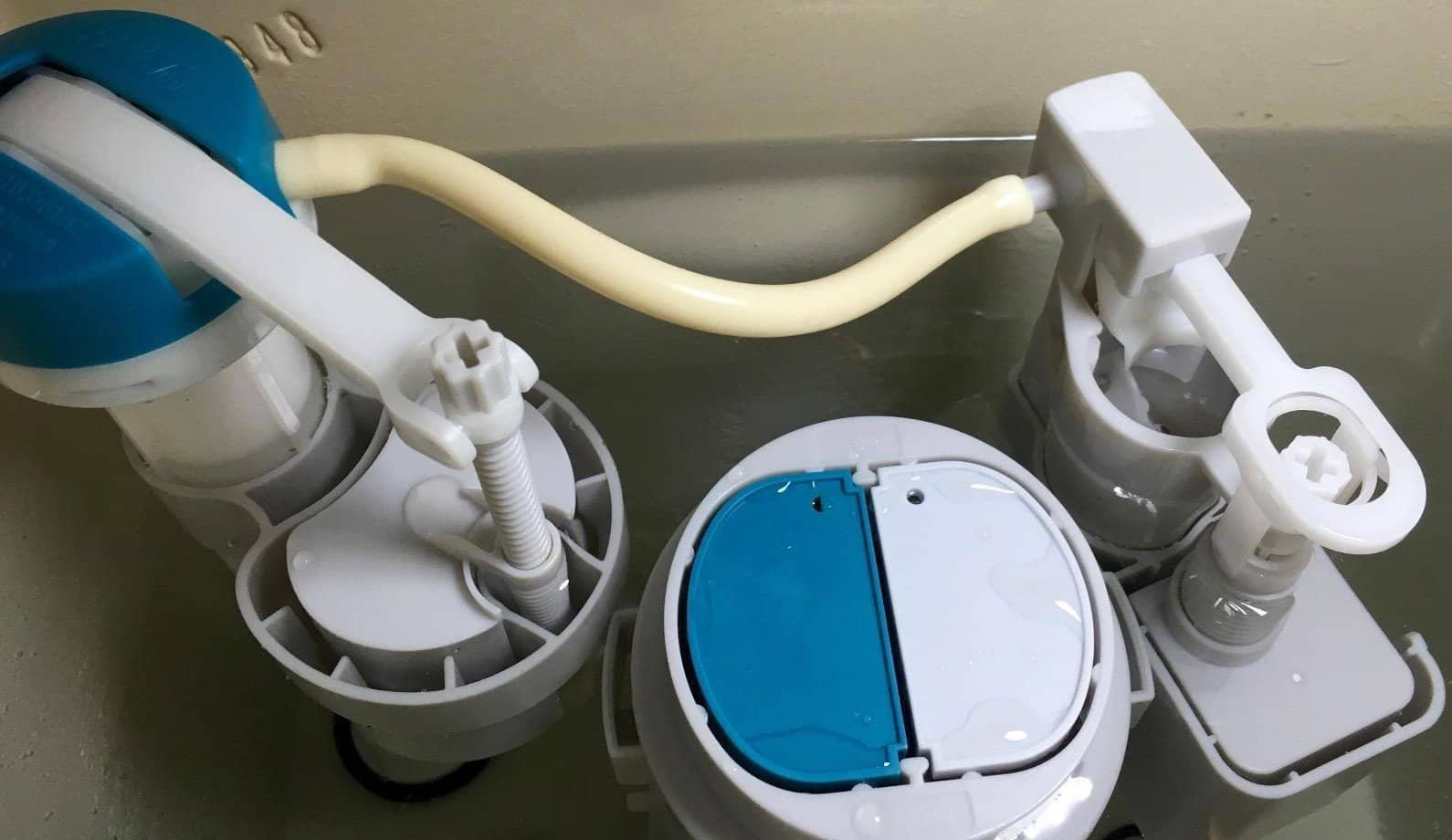The efficiency of a toilet is not solely dependent on its design but also on the proper adjustment of the water level in the toilet bowl. An incorrect water level can lead to various issues such as inefficient flushing, water wastage, or even potential damage to the plumbing system. In this comprehensive guide, we will delve into the steps and considerations involved in adjusting the water level in a toilet bowl, exploring different mechanisms and troubleshooting common issues.
Understanding the Importance of Proper Water Level:
Proper water level is fundamental to the functionality of a toilet. It ensures effective flushing by providing an adequate amount of water in the bowl, facilitating the removal of waste.
Additionally, maintaining the correct water level prevents unnecessary strain on the plumbing system and contributes to water conservation.
Identifying the Water Level Adjustment Mechanism:
To embark on adjusting the water level, it is essential to comprehend the inner workings of your toilet. Some toilets utilize a float system, where a float arm or cup controls water intake, while others rely on a fill valve to regulate the water level.
Familiarizing yourself with these components sets the stage for successful water level adjustment.
Adjusting the Float System:
In toilets with a float system, the adjustment process often involves tweaking the float arm or the float cup. This can be achieved by turning an adjustment screw or gently bending the float arm to achieve the desired water level.
Consulting the user manual specific to your toilet model is recommended for precise instructions.
Modifying the Fill Valve:
Toilets equipped with a fill valve allow for water level adjustment by manipulating the height of the float. This is typically done by turning an adjustment screw or moving a clip along the float rod.
As with the float system, adjustments may vary depending on the toilet model, so refer to the user manual for accurate guidance.
Ensuring Proper Flush Performance:
Following adjustments, it is crucial to test the toilet’s flush performance. The water level should be set to create a robust flush that effectively removes waste.
If the flush is weak or inconsistent, additional adjustments may be necessary to achieve optimal performance.
Checking for Leaks:
Adjusting the water level may reveal or exacerbate leaks in the toilet. A thorough inspection should be conducted for any signs of water leakage around the base, tank, or connections.
Addressing leaks promptly is crucial to preventing water damage and ensuring the longevity of your toilet.
FAQs:
Q1: Why is my toilet bowl water level too low?
A: The float may need adjustment, or there could be an issue with the fill valve. Check these components and make necessary adjustments.
Q2: Can I adjust the water level without turning off the water supply?
A: While it is possible, it is advisable to turn off the water supply before making adjustments to prevent water spillage and ensure safety.
Q3: What should I do if the water level is too high after adjustment?
A: Recheck your adjustments and ensure that the float mechanism or fill valve is functioning correctly. Make necessary corrections as needed.
Q4: Are there universal instructions for adjusting water levels in all toilets?
A: While the basic principles are similar, specific instructions may vary between toilet models. Always refer to your toilet’s user manual for accurate guidance.
Conclusion:
Adjusting the water level in a toilet bowl is a fundamental maintenance task that can significantly enhance flushing efficiency, prevent water wastage, and contribute to a sustainable plumbing system. By understanding your toilet’s mechanism, following proper adjustment procedures, and addressing any issues that arise, you can ensure optimal performance and longevity. Regular maintenance not only saves water but also promotes a more efficient and sustainable plumbing system, benefiting both the environment and your household.

A group of home improvement enthusiasts and bathroom design experts, combines in-depth knowledge and a shared passion to deliver engaging, informative content that guides readers through the world of bathroom innovation and style.

Leave a Reply